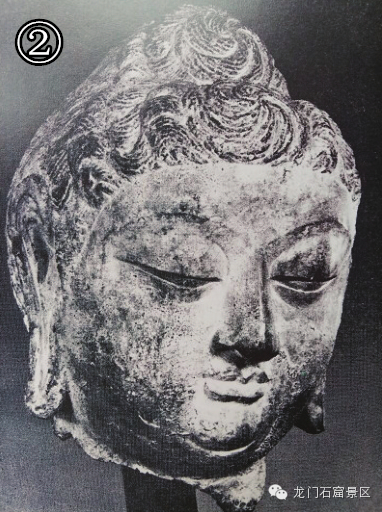A search for relics lost abroad: Headless statues in Fengxian Temple
By Zhang Qiong ( chinadaily.com.cn )
Updated: 2015-06-15
Name: head of the standing Buddha at the precipice of Fengxian Temple
Age: Tang Dynasty (AD 618-907)
Location: Fengxian Temple, the Xishan Mountain of Longmen Grottoes
Now in the possession of: Osaka Municipal Museum of Art, Japan
The Fengxian Temple in the southern part of Xishan Mountain is home to the largest Buddha statue groups in Longmen Grottoes.
The temple was completed in AD 675 during the reign of Emperor Gaozong. Empress Wu Tse-tien donated her dress-up expenses, 20,000 taels of silver, to subsidize the project in 672.
The Fengxian Temple has 11 large statues engraved during the reign of Gaozong, including the 17-meter-high Virocana Buddha, and 49 standing Buddha statues finished in the period of Emperor Xuanzong of Tang.
 |
|
Two headless standing statues in Fengxian Temple, Longmen Grottoes [Photo/Longmen Grottoes on WeChat] |
The main statues in Fengxian Temple survived theft in the 1920s and 30s, thanks to their huge size and weight. But most of the smaller statues lost their heads (Photo ①). The head that can be seen in Photo ②, now in the collection of Japan’s Osaka Municipal Museum of Art, is one of the lost heads that are now mostly collected in museums at home and abroad.
The next time you visit the Fengxian Temple, you might as well cast sight on those incomplete small statues, which have had their body parts drift all over the world.
 |
|
A Buddha head from the Fengxian Temple, now owned by Osaka Municipal Museum of Art, Japan [Photo/Longmen Grottoes on WeChat] |






